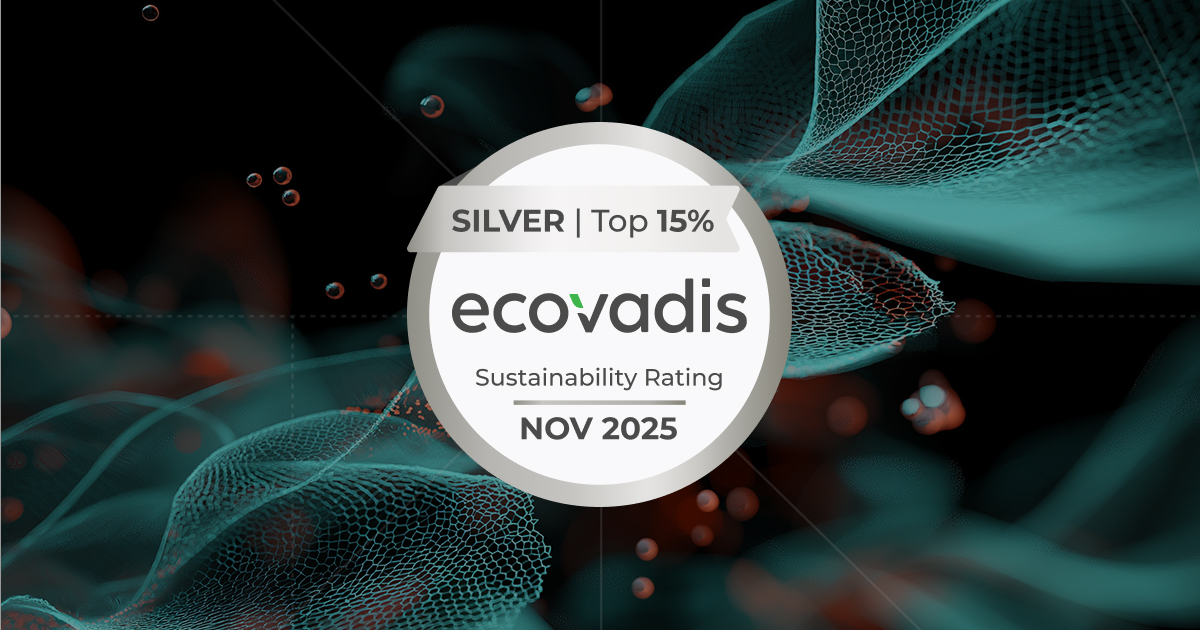Psychological hacks to kick-start creativity. How to use them for your business?
Human creativity has always fascinated me. And also the mystery that comes with it. Why does it work sometimes—but other times it just doesn't? Is creativity a limited resource? Do people, at one point or another, just get exhausted from thinking and aren’t motivated to think outside the box anymore? Or do we simply need some extra help to kick-start creative thinking? Let's see what psychology would have to say on the topic. What creativity is, how it works, and how you can make it work for you.

Words by Macia Arbenz, Photos by Creative Dock archive

Sometimes you are surprised by how great the results of brainstorming can be! Unfortunately, some workshops just don’t go this way. Why is that? It could be an unclear assignment and you're floundering. Or there's not enough time. Or you repeatedly invite the same group of people, which causes you all to reach collective creative exhaustion. But sometimes, there's no apparent reason. So let's take it from the beginning. And why do I care so much? Because in strategic foresight, which is Rohrbeck Heger's primary area of interest, you can't get anywhere without creativity. This is also true for innovation in general, and doubly so for corporate venture building.
What the heck even is creativity?
There is a very easy answer to this question: everything that is new and also useful is creative (at least from a psychological point of view).
In psychology, this easy rule is usually applied to assess idea generation. Psychological researchers will often instruct people to write down as many ideas as possible on how to use an everyday object in an original way. This TED talk gives you a good example: think of a key. One way to use a key is to open a door. Since this is not a very original idea, you probably won’t get a lot of creativity points for it. Another way to use a key? By carving your murderer’s name into the hardwood floor before dying. Probably not too many people will come up with this colourful idea. Thus, we can call it creative.
“Creativity is influenced by intelligence. The smarter someone is, the more creative they most likely are.”
This connection between creativity and intelligence is not surprising, since creativity is a product of divergent thinking, which means the ability to have thoughts in various directions. Divergent thinking requires a lot of brain power: when thinking creatively, both brain hemispheres light up in an MRT scan and there is a high neural activation in the central, temporal, and parietal regions of the brain. If you are interested in this, you can read more about it here.
How to enhance creativity (and innovativeness) during a workshop
Some of the more well-known tricks to increase creativity is through using drugs that change your perception of reality, such as Ayahuasca. Now, this is not applicable in workshops because a) it is illegal and b) people tend to throw up. Four much more pleasant suggestions include the following:
- Be a coach: Let your participants train their creative muscles
- One problem, no solution: Open-ended thinking exercises
- Let’s party: Make music and move your body
- Meditate for creativity: mindfulness as a tool
Let's go through these four ways one by one.
Be a coach: Let your participants train their creative muscles
This actually works! A study has shown that after 20 sessions, people not only became more creative, but their neuronal structure changed, too. So if you are doing super creative stuff, your brain will adjust to keep up.

During a workshop you rarely have the time for 20 sessions of training - but even one or two can do the trick and help induce a more creative mindset among participants. This is how these trainings go:
Define an everyday object, like an umbrella. Let the participants write down as many novel and unusual uses as possible for 3 minutes. After that, give them some cognitive stimulation: for one minute, present them three very unusual ideas on how to use an umbrella. These ideas should be from an external source. Then give the participants another 3 minutes to come up with new ideas for uses for the umbrella. Repeat this with three other objects.
This exercise particularly enhances group-based brainstorming.
“Corporate venture building cannot do without creativity. On the contrary, it depends on it. Fintech, insurtech, or any other industry.”
One problem, no solution: Open-ended thinking exercises
Another study found that when students were faced with open-ended thinking maths problems (a clearly defined mathematical question with many possible solutions), they became more creative and more empowered. Critically, this exercise focused on:
- Being able to have as many ideas as freely as possible (fluency)
- Making other attempts to devise new strategies to tackle the problem where others fail (flexibility)
- Thinking up very clever and unexpected ideas (originality)
The students had a sense of achievement and fulfillment because no specific talents were required. Anyone could participate, even though they might not do so well in maths.
So what does this imply for your next workshop? Be sure to have a clearly defined problem statement with many possible, non-defined solutions or approaches. And encourage participants to be open to fluency, flexibility, and originality.
Let’s party: Make music and move your body
Both movement and music increase creativity. Maybe you have found that a walk outside or a peppy song flows your creative juices. In a workshop, you could let your participants move their bodies or play music while prototyping. Even better would be if you let them make music, since musical control is even more powerful than just listening to music.
But what if you combined movement and music?
Well, the joint forces even increase the effect. A study used musical exercise machines called Jymmin TM. Every time you move on these machines, such as steppers or ab-trainers, they make a sound (here is a video if you don’t believe that this works). The founder of Jymmin TM found his inspiration through tribal rituals, where he experienced musical euphoria. Not only does movement make you happier and healthier, but it also increases creativity.
Now, these machines might not be very handy or affordable for workshops. Still, you can apply their principles: combine musical control by producing music and movement. For example, you could let your participants dance around with small drums or rattles.

Meditate for creativity: Mindfulness as a tool
You’ve probably heard of many, many things that meditation is good for - the list seems to be never-ending. Good news: now you can also add creativity to it!
Studies have found that even small mindfulness exercises like short meditations increase empathy, open-mindedness, and non-habitual reactions to situations and also decrease judgements. Essentially, it gives you a fundamental foundation for any fruitful workshop.
We experienced the same when we had our internal mindfulness training. Even though it might sound very cliché: mindfulness is key. So next time you struggle in a workshop, let your participants focus on their breath or body. Let them find calm so they can break down internal barricades and unleash their creative force.
Utilise creativity for corporate venture building and valuation of your company
We hope we've inspired you to have a creative whirlwind of your own. If you'd still prefer a guided workshop, let us know—especially if you want to find a new direction for your business, evaluate your company's existing assets, or directly build a new venture. Creative Dock, the largest independent corporate venture builder, looks forward to your order. Just let us know.


.webp)










%20(1).jpg)































































